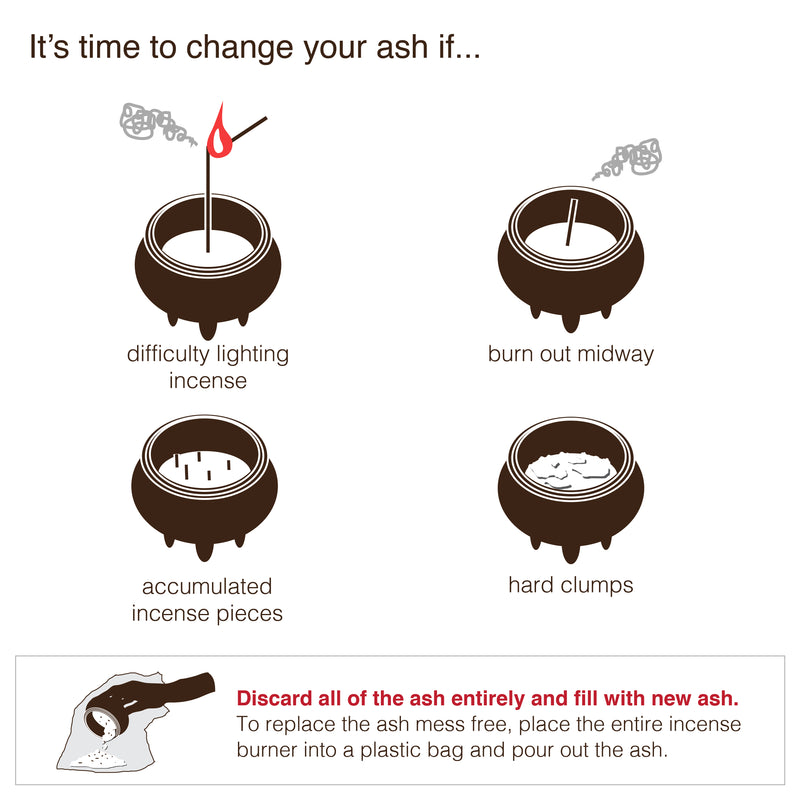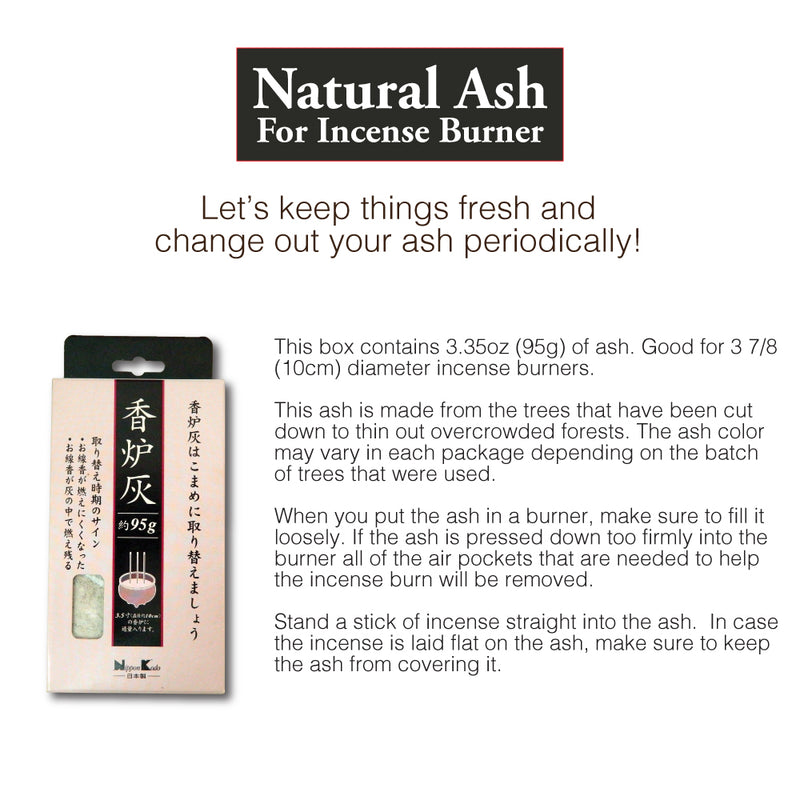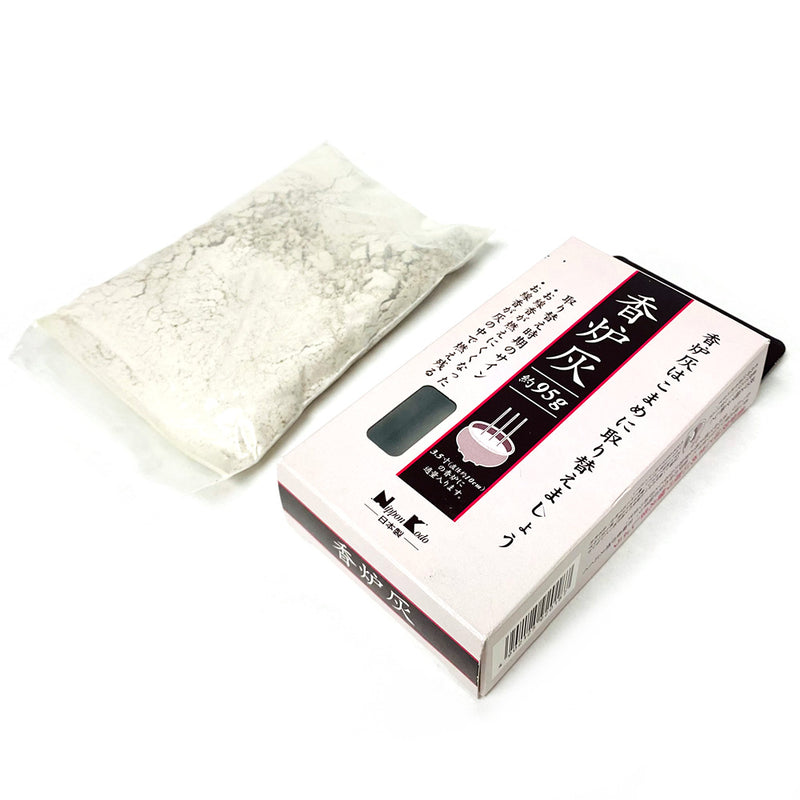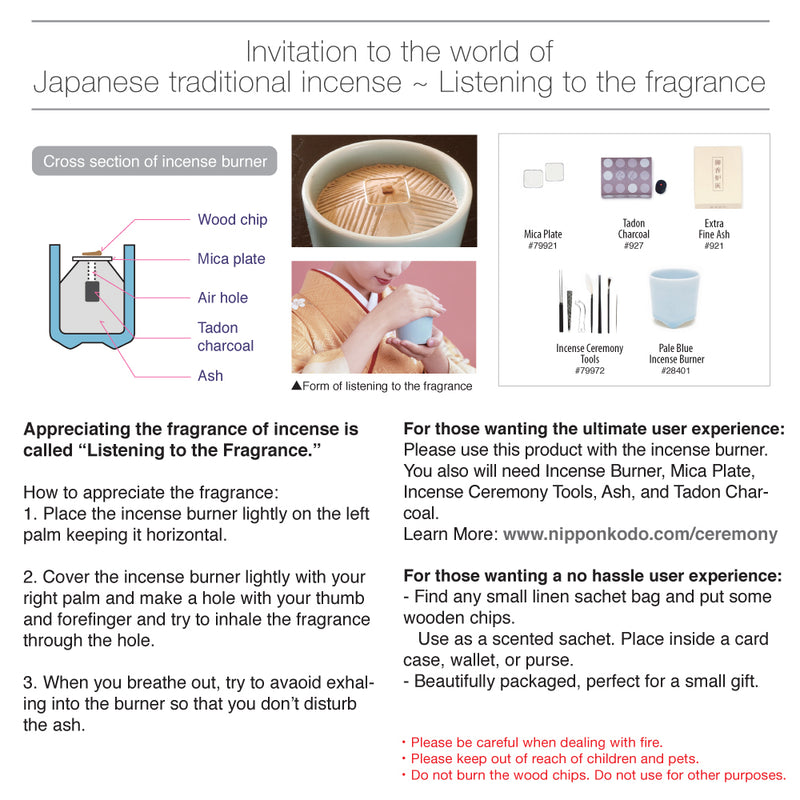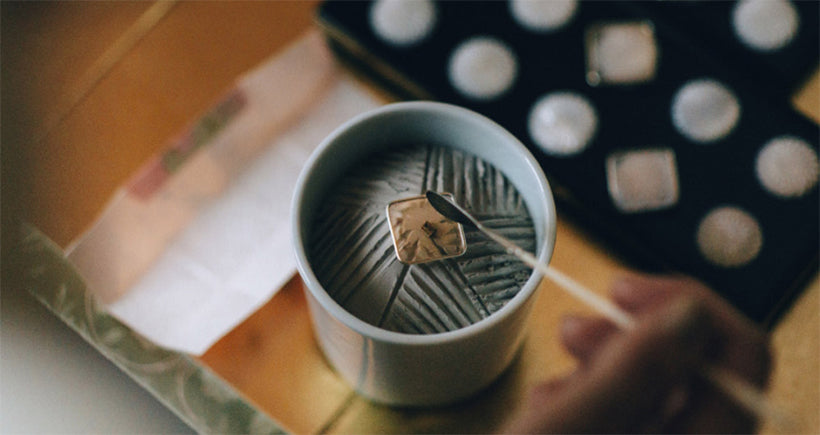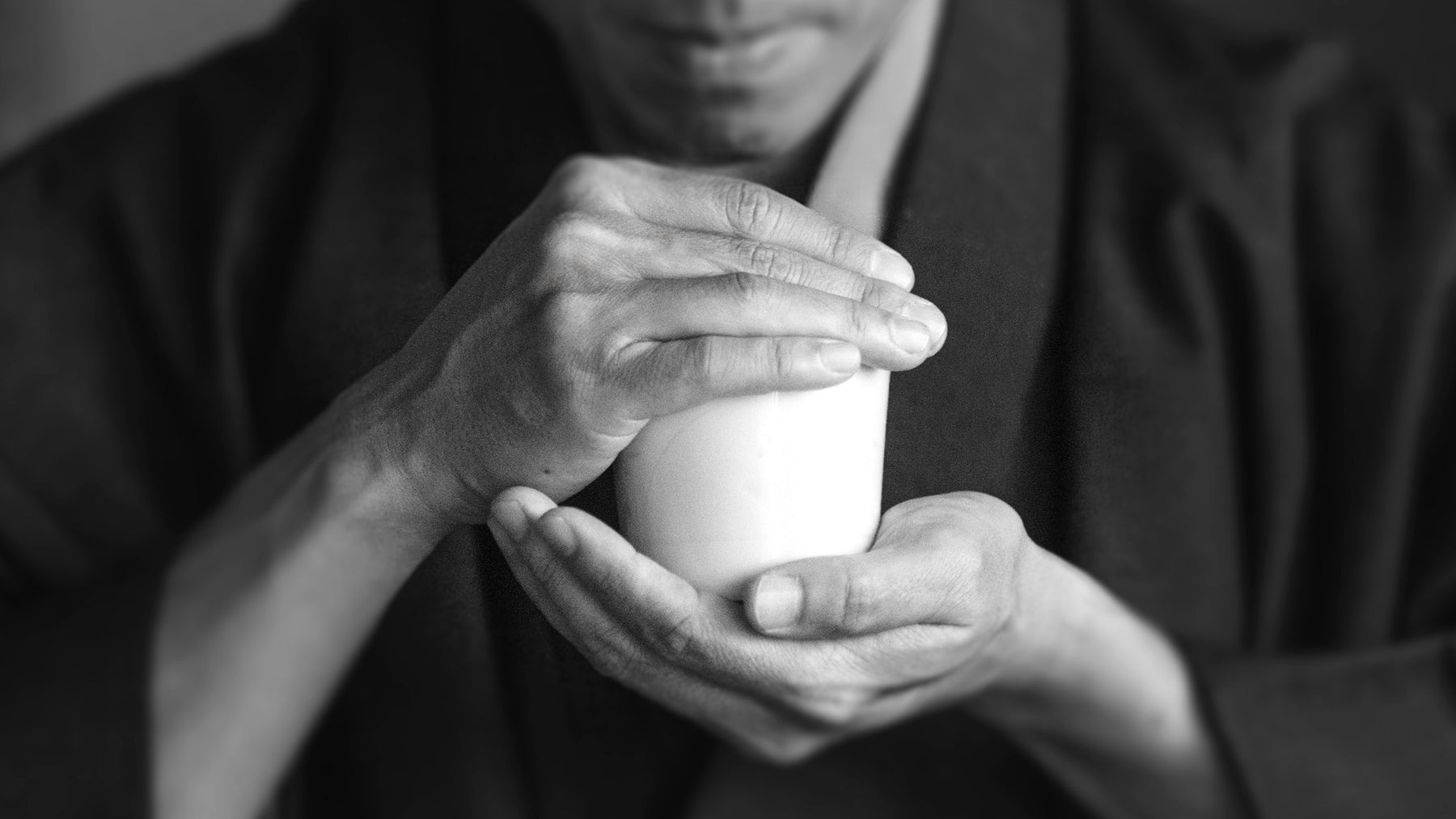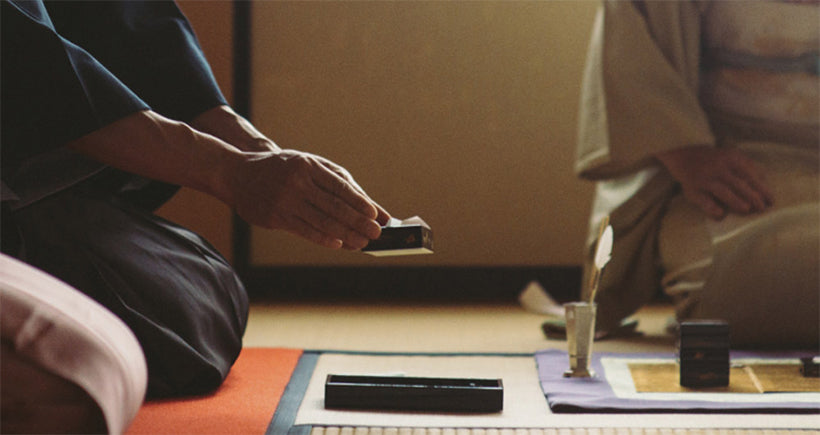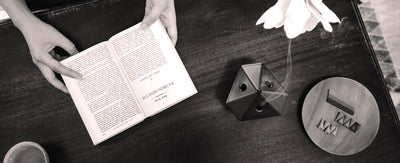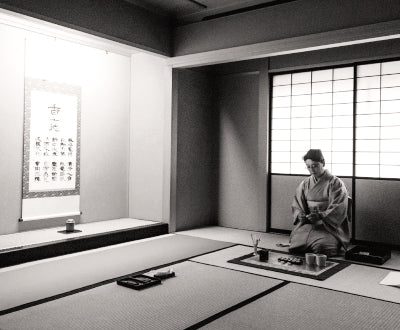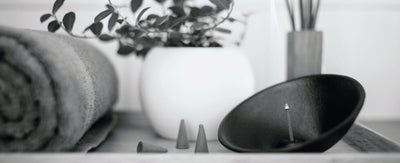NATURAL ASH For Incense Burner 95g
An insulator between burning charcoal and incense burner.
This ash is naturally made and as such the color of the ash may differ from package to package. When placing the ash in the incense burner, please do so slowly so the ash can incorporate air allowing for the incense to burn in the ash. Please make sure you place the incense straight up. If you are going to use the incense by placing it on its side, please make sure it doesn�E€�Et get buried within the ash.
It is important to change out the natural ash on a routine basis.
This box contains 3.35oz (95g) of ash. Good for 3 7/8 (10cm) diameter incense burners.
This ash is mad"rom the trees that have been cut down to thin out overcrowded forests. The ash color may vary in each package depending on the batch of trees that were used.
When you put the ash in a burner, make sure to fill it loosely. If the ash is pressed down too firmly into the burner all of the air pockets that are needed to help the incense burn will be removed.
Stand a stick of incense straight into the ash. In case the incense is laid flat on the ash, make sure to keep the ash from covering it.
How to know when you need to change:
�E€¢ The incense is not burning as well
�E€¢ The incense does not completely burn until the end
When changing it out:
�E€¢ Please place the incense burner in a plastic bag and remove the ash in the bag
�E€¢ Please make sure there is no source of flame left in the ashes
�E€¢ Use caution as the ash is easy to scatter
This box is perfect for replacing the ash in a 3.5-inch incense burner (diameter of ~10cm).
CAUTION:
- Please use this ash only for ceramic or metal incense burners.
- Make sure that any previous burning incense has completely burned out before lighting a new stick. The incense may still be burning inside of the ash.
- This ash is for incense burners. Do not use it for other purposes.
- Ash is not an edible product.
- Keep out of reach of children and pets.
- When opening the package, the ash may scatter as it is light in nature. Please make sure you don�E€�Et breathe in the ash.
- Please use caution when pouring the ash into the incense burner so it doesn�E€�Et spill.
- After use, please make sure the flame is completely out as there may be remnant flames within the ash.
- Please avoid storing and using this product in areas of high temperature or high moisture.
- If used for a long period of time, the incense may not burn as well. Please make sure to change out the ash on a routine basis.












